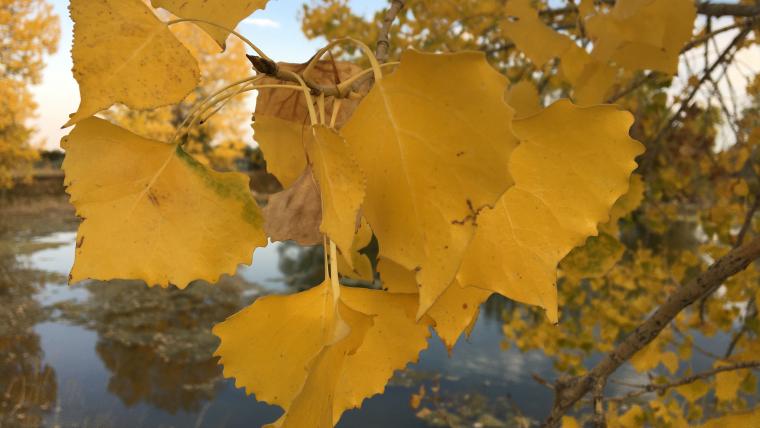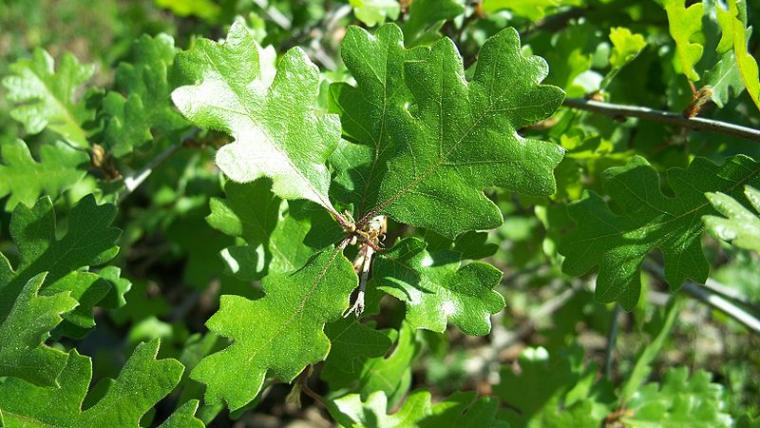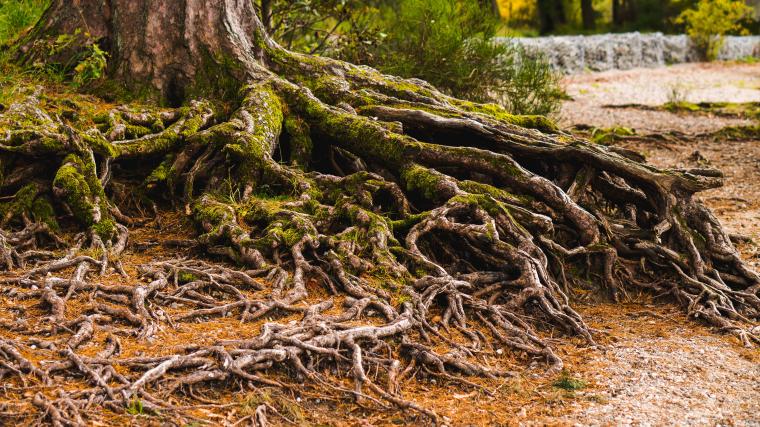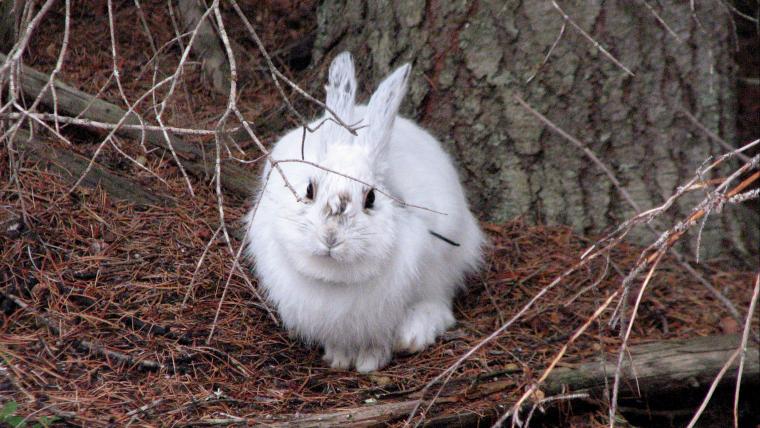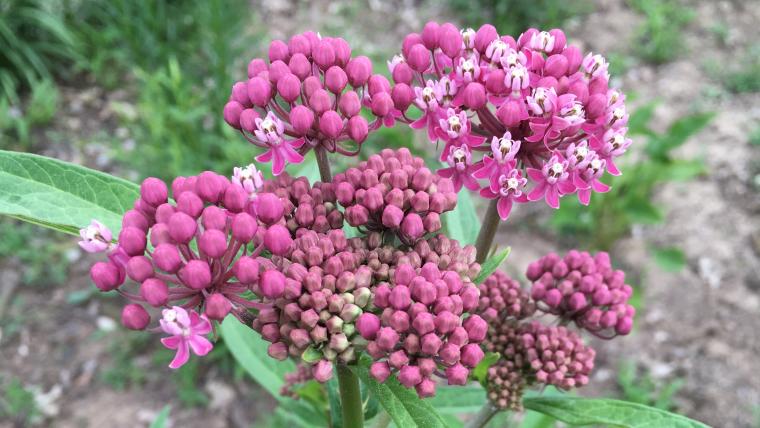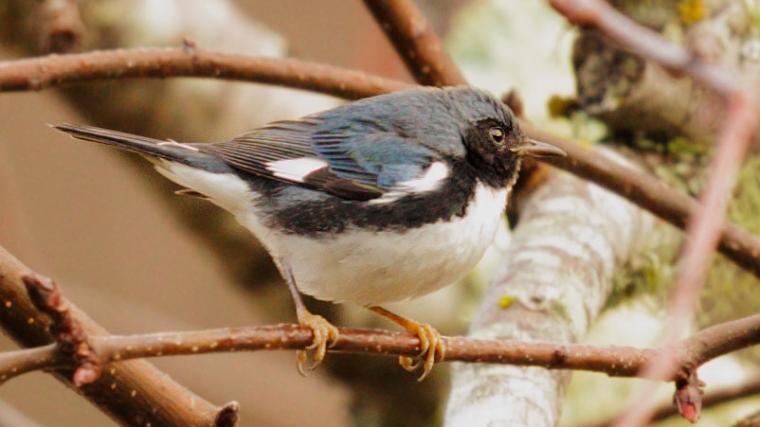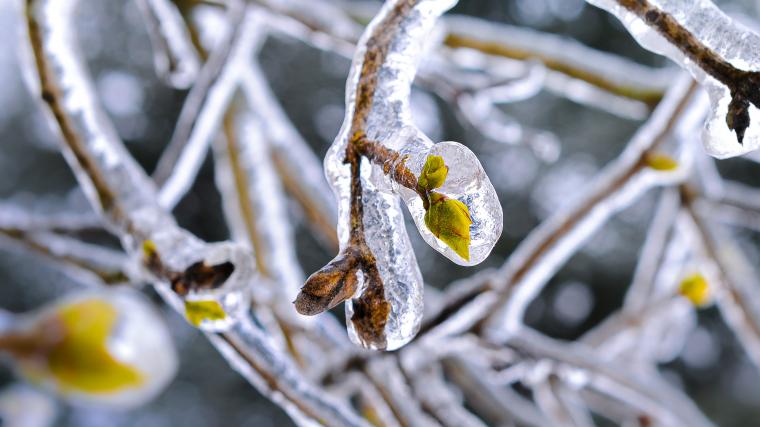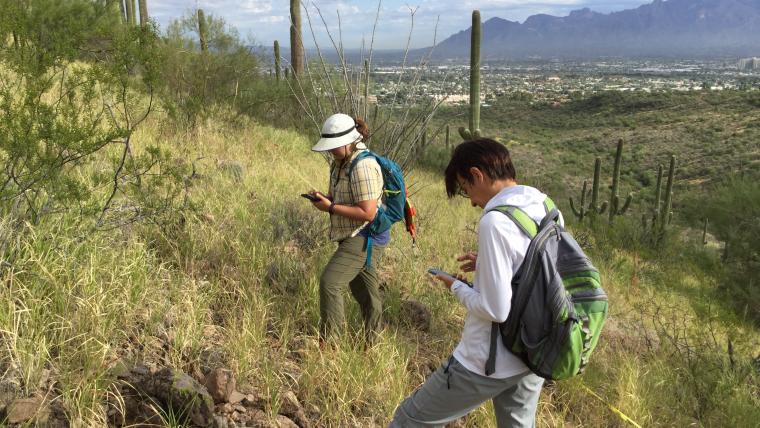
Nature’s Notebook observations help to manage invasive buffelgrass
Wed, Aug 03, 2016
Buffelgrass, an invasive perennial grass that responds well to fire and outcompetes natives, threatens to transform the current Sonoran desert landscape. Managers need to treat buffelgrass with herbicides when the plant is at least 50% green. The authors of a new study in the journal Remote Sensing found that buffelgrass responds quickly to rain, with plant green up occurring twice as fast in areas with buffelgrass than areas with mostly native vegetation. This information will help managers know when to get out to spray buffelgrass. Studies such as this, which integrate on-the-ground observations of phenology with satellite data, demonstrate the power of multiple data sources to inform management activities.
